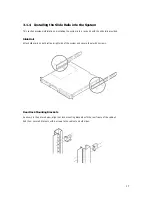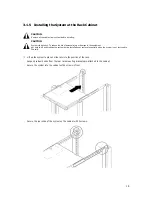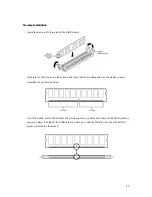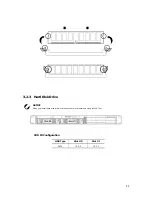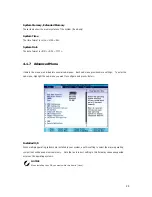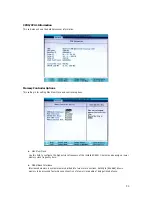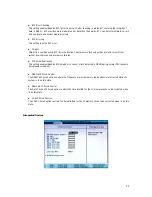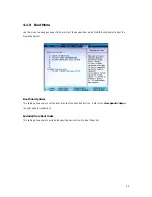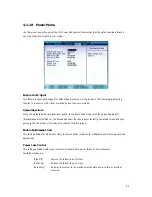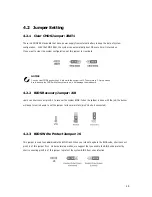
31
z
Node Interleave
AMD Opteron CPU supports a mode called node interleave. When node interleave is disabled, the memory
controller maps the local memory of each processor to a single contiguous range of physical addresses.
This allows the operating system to map user data to local memory, whenever possible, to allow programs
to access data the most rapidly. When node interleave is enabled, physical addresses are partitioned into
4KB blocks, and alternated among the processors. The operating system is then unable to use NUMA
optimizations, and the memory space is treated as if the system were an SMP system.
z
SW Mem Hole Remap
This setting enables the software to remap the physical memory to an address higher than 4GB.
z
ACPI SRAT Table
The Static Resource Affinity Table (SRAT) can be used to describe the physical location of processors and
memory in large-scale systems (such as CC-NUMA) to the Microsoft Windows Server 2003 operating system,
allowing threads and memory to be grouped in an optimal manner.
z
Memory Unganged Mode
The unganged mode can split the available bandwidth into two distinct channels and is supported by AMD
HyperTransport technology.
ECC Options
z
ECC Mode
This setting specifies the level of ECC protection. If [User] is selected, individual ECC options may be
changed. Other options except [Disabled] serve as presets. For [Super] mode, all memory is scrubbed
every 8 hours.
Summary of Contents for UniServer 1522LV
Page 1: ......

